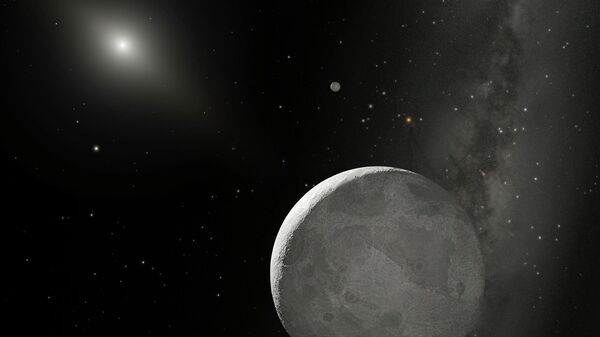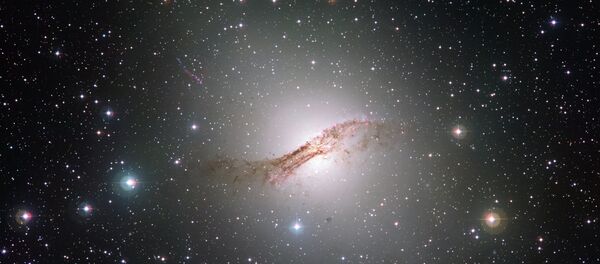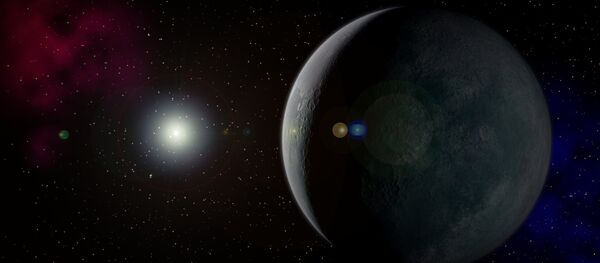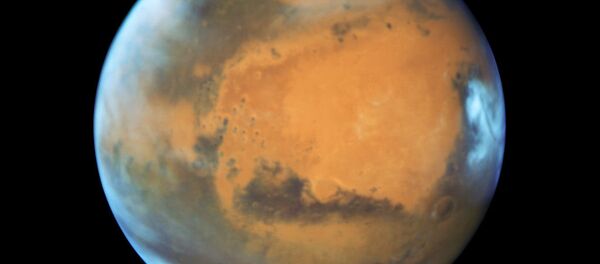Australian National University (ANU) releases data from their 14-square-foot SkyMapper telescope at the Siding Spring Observatory to the public, and 60,000 citizen scientists have examined the data to hunt for planets. SkyMapper was trained on the outskirts of the universe: the Trans-Neptunian Objects (TNOs), which lie beyond Neptune and include Pluto, the Kuiper Belt and the Oort Cloud.
"We've managed to rule out a planet about the size of Neptune being in about 90 percent of the southern sky out to a depth of about 350 times the distance the Earth is from the sun," lead researcher and ANU astrophysicist Brad Tucker said in a statement.
"With the help of tens of thousands of dedicated volunteers sifting through hundreds of thousands of images taken by SkyMapper, we have achieved four years of scientific analysis in under three days."
"It's actually not that complicated to find Planet Nine. It really is spot the difference. Then you just click on the image, mark what is different and we'll take care of the rest," he said. The four objects found by the citizen astronomers are still under study, and little is known about them.
In 2014, Caltech astronomers Michael Brown and Konstantin Batygin noticed strange movements among the TNOs. The more they observed, the more convinced they became that a large object was lurking somewhere past Neptune, disrupting the TNO's orbits. The object would be much too large to be a dwarf planet and much too small to be a star, so that really only left one explanation: another planet.
"I'm quite certain that Planet Nine is really out there," Batygin told Gizmodo. "The number of seemingly unrelated puzzles within the solar system that are resolved by Planet Nine's existence is simply too great for it all to be a coincidence."
Since then, astronomical interest in the outer reaches of our solar system has skyrocketed as astronomers hunt for the shadow planet. "Planet Nine is predicted to be a super Earth, about 10 times the mass and up to four times the size of our planet. It's going to be cold and far away, and about 800 times the distance between Earth and the sun. It's pretty mysterious," Tucker said in a statement in late March.
The most common estimate of Planet Nine's nature is that it is an ice giant like Uranus and Neptune. It is also most likely a "rogue planet," a world that was drifting through space unbound before being captured by the sun's gravity. However, it's also possible that it was once much closer to the sun but was ejected to the outer solar system about 4 billion years ago.
As for the name of the new world? The International Astronomical Union (IAU) allows the public to submit names for planets, but the IAU must then approve it. "If you find an asteroid or dwarf planet, you can't actually name it after yourself," Tucker said. "But you could name it after your wife, brother or sister. We need to follow all of the rules set by the International Astronomical Union."
"My personal vote is not for another Greek god, we have enough of those. I do not want Planet McPlanetface. As much as I like Boaty McBoatface, we won't allow that as an option."
NASA is also searching for Planet Nine using data gathered from their Wide-field Infrared Survey Explorer (WISE) telescope, and members of the public are welcome to help analyze the data through NASA's "Backyard Worlds" project.
Pluto was discovered in much the same way as Planet Nine. Astronomer Percival Lowell noticed peculiarities in Neptune's orbit in 1906, and in 1930 Clyde Tombaugh discovered Pluto by comparing images of the sky to see what had moved. It would remain the ninth planet until 2006, when it was reclassified to a dwarf planet.





